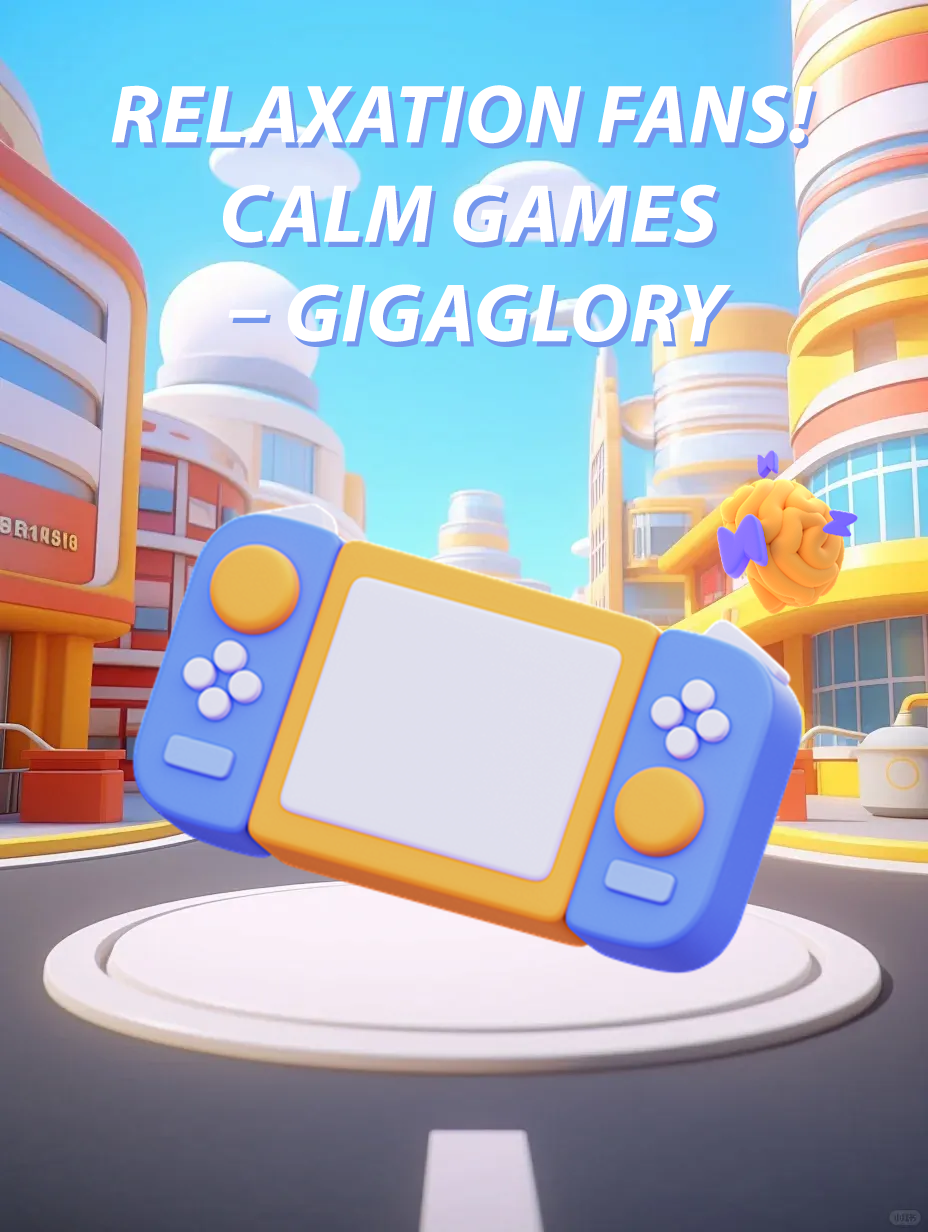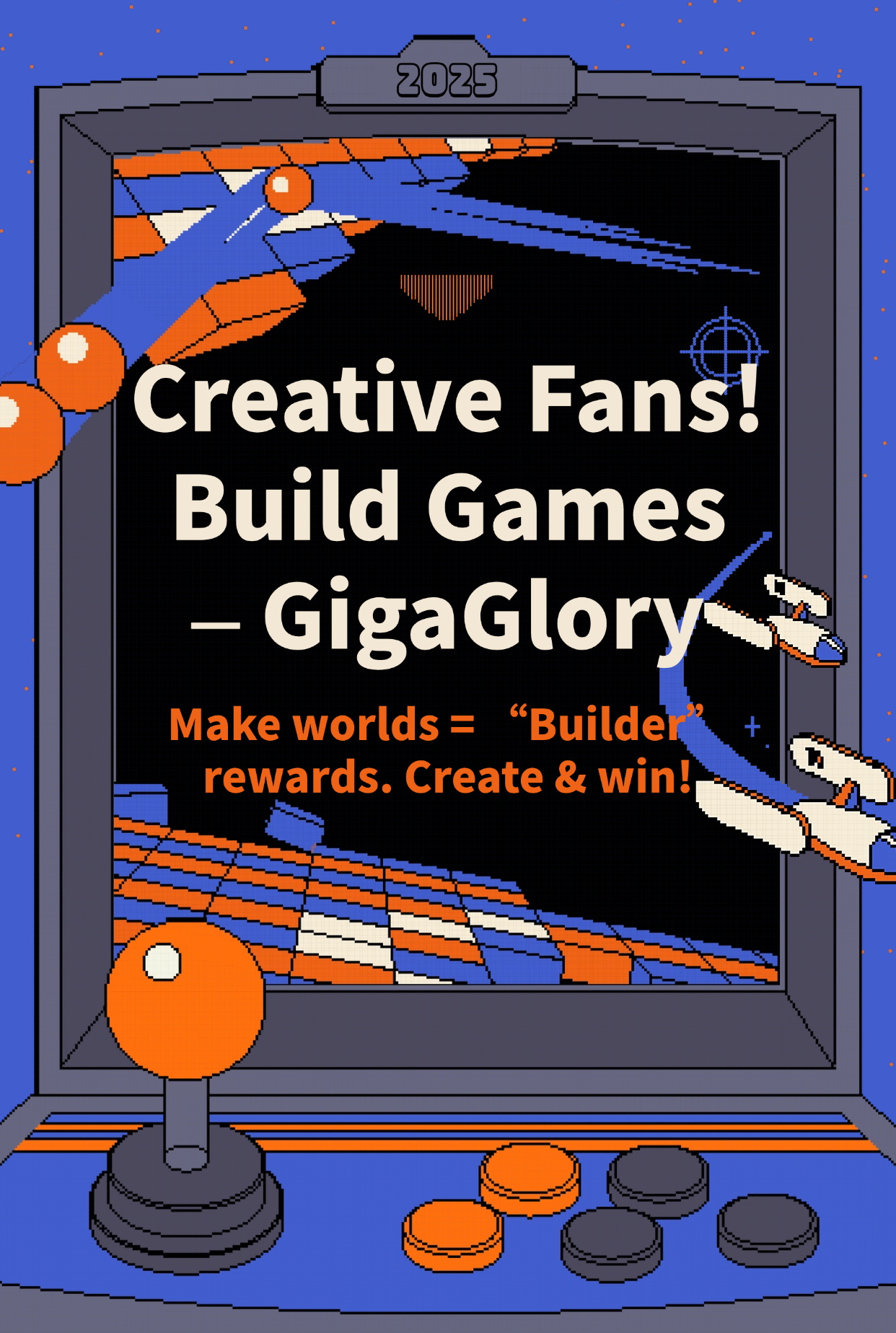Unlocking Fun: How Idle Games Revolutionize Resource Management Games
In the ever-evolving landscape of mobile gaming, idle games have emerged as a captivating genre perfectly blending simplicity with deep resource management mechanics. This article explores the revolution of idle games in the context of resource management games, delving into their charm, mechanics, and impact on player experiences. By understanding the innovative trends set by these games, players and developers alike can appreciate the unique ways in which they redefine engagement and strategy.
What Are Idle Games?
Idle games, often referred to as "clicker games," allow players to progress with minimal player interaction. These games typically reward players with resources over time, whether they’re actively playing or not. This enables a casual gaming experience that appeals to all kinds of players.
The Mechanics Behind the Magic
At their core, idle games utilize simple mechanics to create an engaging player loop. The typical structure involves:
- Resource Generation: Players generate resources passively, which can be collected periodically.
- Upgrades and Investments: Players reinvest resources into upgrades that enhance future resource generation.
- Prestige Systems: Many idle games offer prestige mechanics, allowing players to reset their progress for long-term benefits.
The Allure of Resource Management
Resource management games emphasize strategic planning and efficient allocation of resources. When combined with idle mechanics, they provide a powerful gaming experience where players must think critically about their decisions. Some noteworthy points include:
- The satisfaction of optimizing resource flow.
- Strategic choices significantly impact the pace of progression.
- The balance between active and passive gameplay keeps players engaged over longer periods.
The Evolution of Resource Management Games
The genre has evolved significantly over the years. From classic simulation games to the modern landscape filled with idle mechanics, players have always sought ways to manage resources efficiently. The introduction of idle games has brought forth a revolution that has shifted player engagement. Here are some key transitions:
| Era | Major Developments |
|---|---|
| 1990s | Basic simulation games focusing on linear resource progression. |
| 2000s | Increased complexity with multiplayer features and dynamic scenarios. |
| 2010s | Emergence of idle games, merging simplicity with strategic depth. |
Idle Games vs. Traditional Resource Management Games
One of the most interesting contrasts lies in how idle games differ from their traditional counterparts. Players often find themselves torn between the instant gratification of idle mechanics versus the deeper strategic elements of classic resource management:
- Engagement: Idle games require less instant engagement, while traditional games demand immediate attention.
- Time Investment: Idle games can be played over extended periods without special attention, unlike traditional games.
- Decision Making: Idle games depend heavily on long-term strategies, while traditional games may require real-time decisions.
The Charm of Magic Kingdom Map Puzzle
As idle games gain popularity, unique elements like the magic kingdom map puzzle have captivated audiences. These puzzles require players to strategically manage resources to unlock new areas or characters, encouraging exploration while maintaining the idle mechanics that players love.
Exploring Mario RPG Post Game Bosses
Another intriguing aspect of gaming in resource management is the experience offered by endgame content. Take for instance the Mario RPG post game bosses; players must utilize all insights from their resource management experience to tackle these challenging foes. The challenge serves as a reminder of the balance needed between engagement and resource allocation.
Unlocking Potential: Player Retention Strategies
The idle game phenomenon brings unique player retention strategies to the forefront. Here are some effective approaches:
- Reward Systems: Daily rewards keep players returning, encouraging regular play.
- Community Engagement: Many games foster communities, sparking discussion and friendly competition.
- Event-Based Content: Time-limited events attract players to new content and maintain interest.
The Role of Mobile Gaming in Idle Game Success
Mobile platforms catalyze the success of idle games. Players can engage with the game during brief moments throughout their day, making it a perfect fit for the busy routines of modern lifestyles. As a result, the growth of idle games will likely continue as mobile technology evolves.
The Future of Idle Games in Resource Management
What does the future hold for idle games? Given their advantages, it’s likely we’ll see an increase in complex systems integrated with simplistic designs. Developers may explore:
- Enhanced Visuals: Improved graphics to draw in various demographics.
- AI Integration: Dynamic gameplay driven by AI, creating personalized experiences.
- Cross-Platform Play: Allowing players to continue their journey seamlessly between devices.
Conclusion
In conclusion, the charm and strategic complexity of idle games have revolutionized the way we perceive resource management. By offering an accessible yet deep gameplay experience, combined with elements like magic kingdom map puzzles and engaging content reminiscent of classic challenges like Mario RPG post game bosses, the genre is bound to continue to thrive. Whether you’re a casual player or a seasoned strategist, it’s time to embrace the unique world of idle games and discover your potential as a resource manager.



